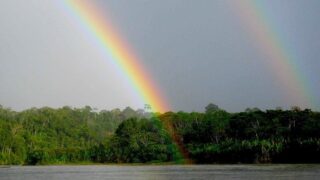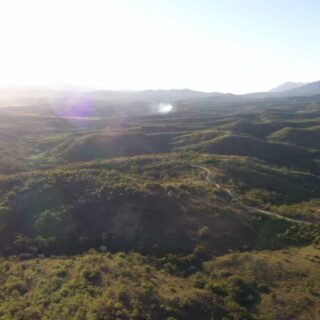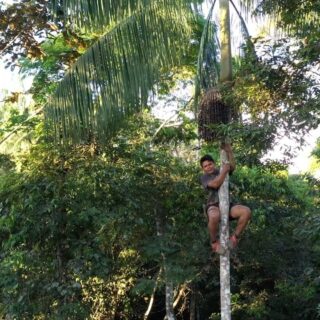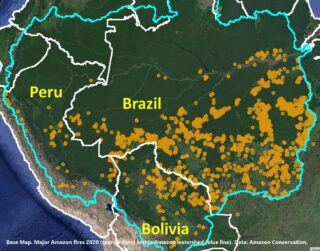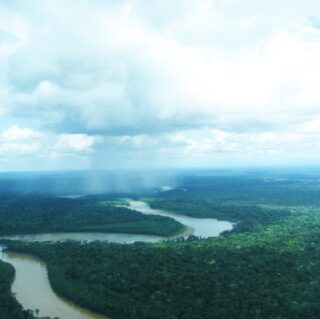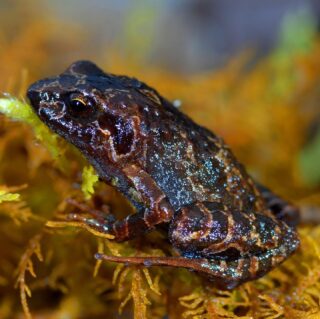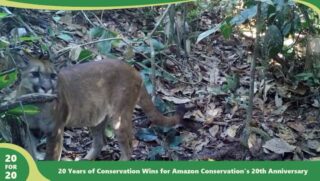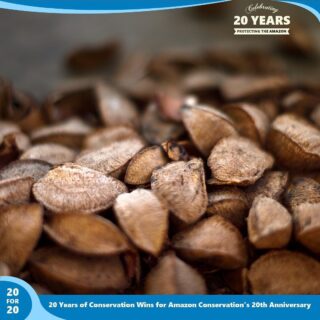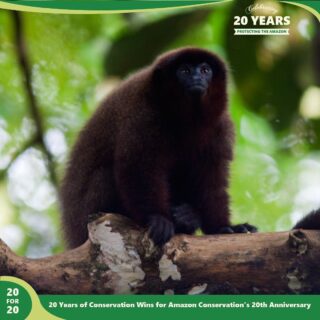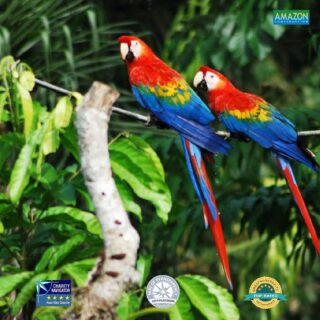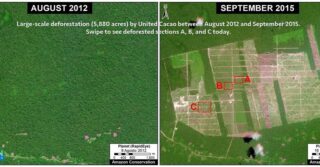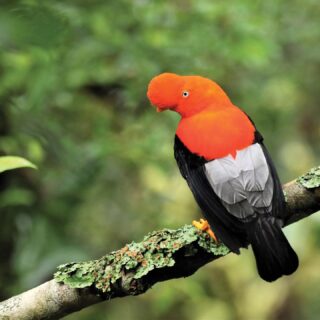 From June 26th trough 30th, members of the weavers association of the community of Quico participated in the VI Feria Internacional Huancaro 2006, celebrated in the Peruvian district of Santiago, Cusco. Quico is one of the eight traditional Quechua communities in the Q’eros Nation, and ACA has been supporting this community in efforts to generate income through the sales of weavings made with traditional patterns and natural dyes.
From June 26th trough 30th, members of the weavers association of the community of Quico participated in the VI Feria Internacional Huancaro 2006, celebrated in the Peruvian district of Santiago, Cusco. Quico is one of the eight traditional Quechua communities in the Q’eros Nation, and ACA has been supporting this community in efforts to generate income through the sales of weavings made with traditional patterns and natural dyes.
The Huancaro Fair provides an opportunity for these weavers to discuss techniques with others from around the region and most importantly, it brings new trade opportunities for isolated communities that could be otherwise forgotten.
Santusa Mamani, president of the association’s textile committee, husband Nicolas Flores and other fellow weavers organized a stand to promote their work and represent their community.
At the fair, members of the weavers association (Asociación de Tejedores de la Nación Q’ero) were able to network with national textile organizations and learn from their experiences. Now, they are directly informed about pricing tendencies, techniques, and marketing strategies to satisfy a broader public’s demands.

 During daylight, butterflies reign over the rainforest, but at night other winged marvels appear to claim the throne: Moths. ACA’s Wayqechas and Los Amigos Research Stations are the two most important sampling stations for the Botanical Research Institute of Texas (BRIT), which is currently conducting studies of selected moth families in the Andes-Amazon region of southeastern Peru.
During daylight, butterflies reign over the rainforest, but at night other winged marvels appear to claim the throne: Moths. ACA’s Wayqechas and Los Amigos Research Stations are the two most important sampling stations for the Botanical Research Institute of Texas (BRIT), which is currently conducting studies of selected moth families in the Andes-Amazon region of southeastern Peru.  As some of you may remember, Vanessa Sequeira, a dear friend of us and colleague passed away in Brazil last year while doing her thesis research.
As some of you may remember, Vanessa Sequeira, a dear friend of us and colleague passed away in Brazil last year while doing her thesis research.  At the end of last year we had a spectacled bear sighting at our Wayqecha Research Station. Two of our staff workers where doing maintenance work in a trail near the station when a strong, big, messy-coated bear slowly approached them. Our staff stood still, nervous, but still. The bear in turn, was quietly chewing a chunk of Bromelia sp. 5 meters was all that separated our staff from that powerful, robust but yet adorable beast.
At the end of last year we had a spectacled bear sighting at our Wayqecha Research Station. Two of our staff workers where doing maintenance work in a trail near the station when a strong, big, messy-coated bear slowly approached them. Our staff stood still, nervous, but still. The bear in turn, was quietly chewing a chunk of Bromelia sp. 5 meters was all that separated our staff from that powerful, robust but yet adorable beast.  Wild orchids are disappearing in Latin America due to over-collection and loss of habitat. Peru alone has lost more than 13 percent of its forest from 1950-1992. Thankfully, scientists, students and local resident naturalists are collaborating to document and conserve wild orchids of the neotropics and their ecosystems. In addition to discovering new orchids, there is a comprehensive orchid inventory monitoring program that provides a baseline for documenting overall ecosystem’s health.
Wild orchids are disappearing in Latin America due to over-collection and loss of habitat. Peru alone has lost more than 13 percent of its forest from 1950-1992. Thankfully, scientists, students and local resident naturalists are collaborating to document and conserve wild orchids of the neotropics and their ecosystems. In addition to discovering new orchids, there is a comprehensive orchid inventory monitoring program that provides a baseline for documenting overall ecosystem’s health.  ACA is pleased to announce a new and exciting project: The Manu Cloud Forest Observatory and Canopy Walkway System.
ACA is pleased to announce a new and exciting project: The Manu Cloud Forest Observatory and Canopy Walkway System.  When one lives at 13,450 ft in the Peruvian Andes, a cup of hot chocolate and a Christmas present have a whole new meaning. On December 20, 2006 our partner organization in Peru, the Asociación para la Conservación de la Cuenca Amazónica (ACCA) organized a Christmas celebration with the children of the Quico community in Cusco.
When one lives at 13,450 ft in the Peruvian Andes, a cup of hot chocolate and a Christmas present have a whole new meaning. On December 20, 2006 our partner organization in Peru, the Asociación para la Conservación de la Cuenca Amazónica (ACCA) organized a Christmas celebration with the children of the Quico community in Cusco.  In August-September 2006, fieldwork at ACA Los Amigos research station by Drs. Joseph Tobias and Nathalie Seddon (Oxford University, UK) added seven new bird species to the Los Amigos list. The new species include the Whitebellied Seedeater (Sporophila leucoptera) and the Whitechinned Swift (Cypseloides cryptus).
In August-September 2006, fieldwork at ACA Los Amigos research station by Drs. Joseph Tobias and Nathalie Seddon (Oxford University, UK) added seven new bird species to the Los Amigos list. The new species include the Whitebellied Seedeater (Sporophila leucoptera) and the Whitechinned Swift (Cypseloides cryptus).